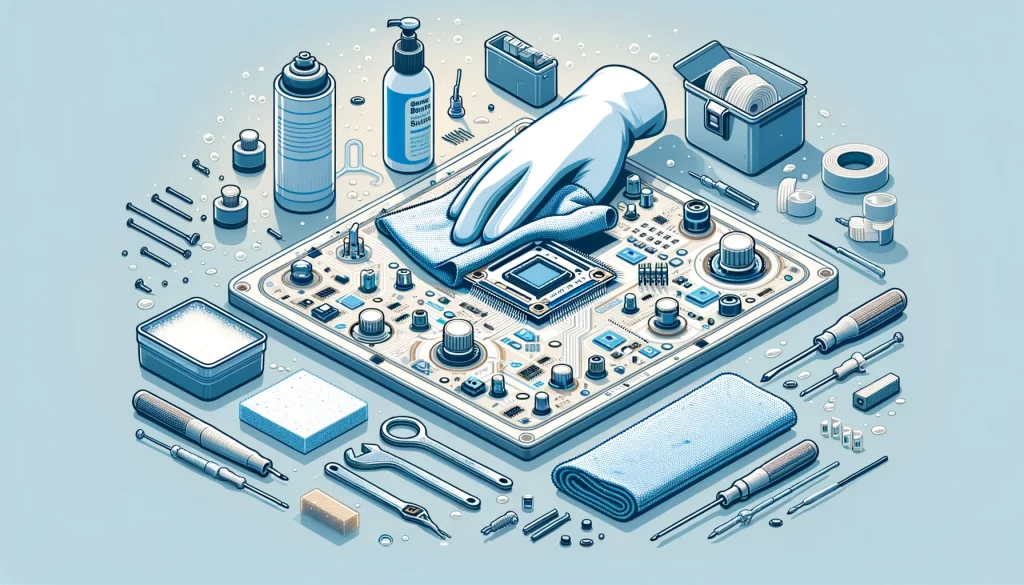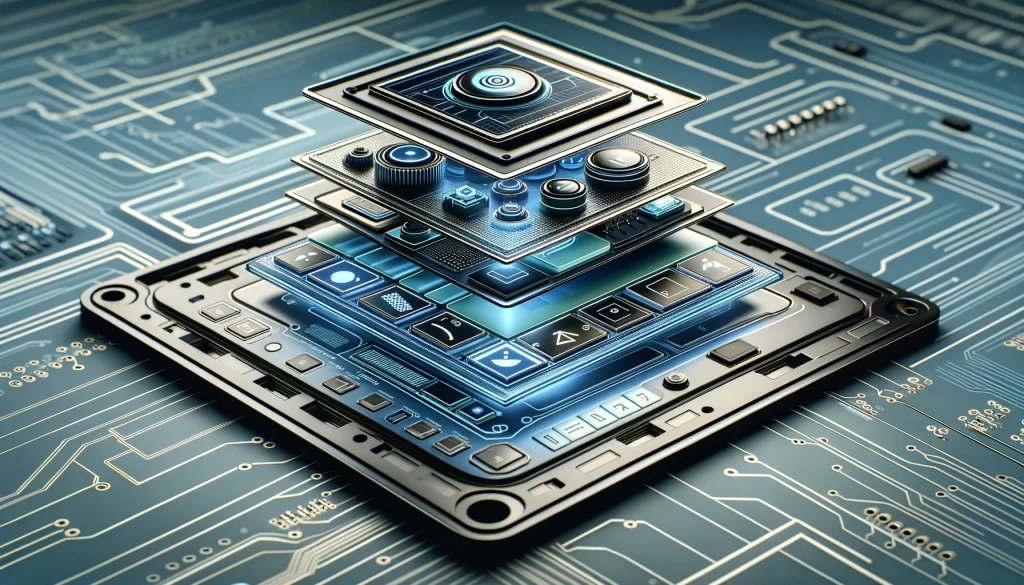Membrane switches are a vital component in various devices, offering reliability and functionality. However, like all electronic components, they require proper cleaning and maintenance to ensure their longevity and performance. In this blog, we’ll explore effective methods to clean and maintain your membrane switches, keeping them in top condition.
Understanding Membrane Switches
Before diving into the cleaning process, it’s important to understand the structure of membrane switches. They consist of multiple layers, including a graphic overlay, a circuit layer, and a backer. The switches are sensitive to dust, dirt, and liquids, which can affect their functionality.
Regular Cleaning
Regular cleaning is essential to prevent the build-up of dirt and grime. Here’s a step-by-step guide:
- Turn Off and Disconnect: Always turn off and disconnect the device before cleaning to avoid any electrical issues.
- Use a Soft Cloth: Gently wipe the surface of the membrane switch with a soft, lint-free cloth. This removes surface dirt and dust without scratching the overlay.
- Apply Mild Cleaning Solution: If needed, use a mild cleaning solution. Avoid harsh chemicals like bleach or ammonia, as they can damage the graphic overlay. Lightly dampen the cloth with the solution and gently wipe the surface.
- Dry Thoroughly: After cleaning, make sure the switch is completely dry before reconnecting or turning on the device.
Dealing with Sticky Residues
If your membrane switch has a sticky residue, follow these steps:
- Isopropyl Alcohol: Use a cloth dampened with isopropyl alcohol to gently rub the sticky area. This solvent is effective in removing residues without damaging the switch.
- Gentle Rubbing: Rub the area gently to avoid damaging the graphic overlay.
- Dry Thoroughly: Ensure the switch is dry before using the device.
Preventing Damage
To maintain the longevity of your membrane switches:
- Avoid Excessive Force: Don’t press the switches too hard, as it can damage the underlying circuits.
- Keep Liquids Away: Spills can seep into the layers and cause short circuits.
- Use Compressed Air: To remove dust from crevices, gently use compressed air.
- Regular Inspections: Regularly inspect the switches for signs of wear or damage.
Professional Maintenance
For complex issues, such as non-responsive switches or circuit problems, consult a professional. Attempting to fix these issues without proper knowledge can cause further damage.
Conclusion
Proper cleaning and maintenance of membrane switches are key to their functionality and longevity. Regular cleaning, careful handling, and professional intervention when necessary will ensure your membrane switches continue to perform optimally. Remember, the longevity of a membrane switch greatly depends on how well it’s maintained.
For more detailed information on maintaining specific types of membrane switches, visit ElastoKey’s resource center or contact our support team.




